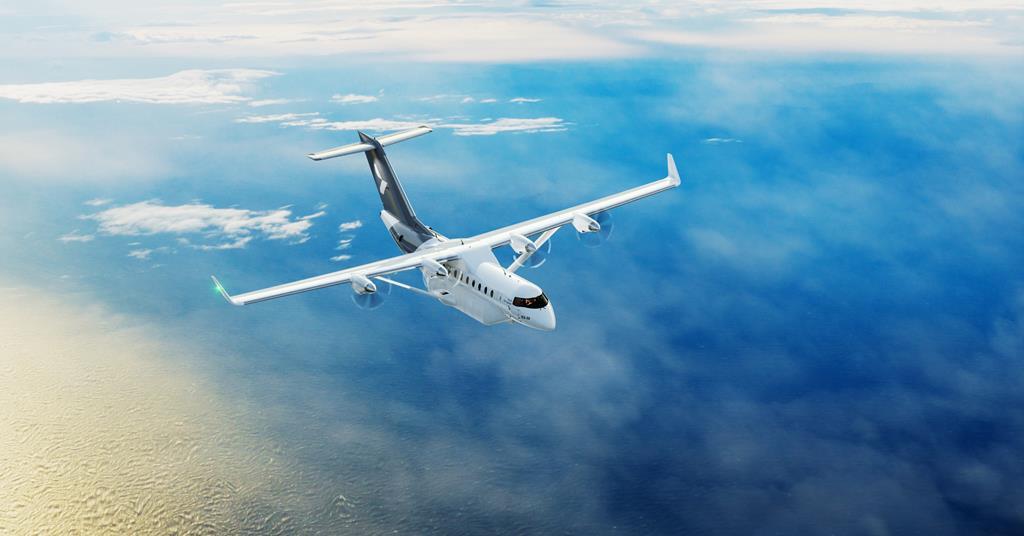Heart Aerospace has revealed a revamped hybrid propulsion system for its ES-30 regional aircraft, along with several design changes. The new system, termed an “independent hybrid propulsion system,” combines off-the-shelf turboprops with electric motors. This setup involves placing a turboprop engine on the wing’s outboard side alongside an electric motor system located onboard.
Previously, the ES-30 design relied on battery power with a hybrid reserve system utilizing dual turbogenerators fueled by sustainable aviation fuel. In the updated design, the battery pack has been relocated to the rear fuselage, allowing for the removal of previously planned wing struts.

With this new system, the ES-30 can utilize electric propulsion for flights of up to 125 miles (200 km), while engaging the hybrid system extends the range to approximately 500 miles (804 km), similar to the previous iteration’s performance.
Although Heart Aerospace did not disclose the turboprop provider, CEO Anders Forslund mentioned that it would be a widely recognized model. He highlighted the simplified certification process and enhanced focus on the all-electric value proposition as key advantages of the redesigned hybrid propulsion system.
Forslund explained that the initial concept involved using turbogenerators in a series-hybrid design, but the certification complexity prompted a shift towards a more independent hybrid system. Ground testing of aircraft systems was conducted last year in Sweden, and the next demonstrator is currently being assembled in Gothenburg.
Heart Aerospace plans to establish a new R&D facility in Los Angeles to support further development work on the ES-30. Ben Stabler, the newly appointed chief technology officer, will lead a team of engineers in collaboration with the Gothenburg headquarters.
This move aims to leverage the abundant talent pool and aviation infrastructure in the U.S., particularly in the LA area, to advance the company’s goals, including the first remote flight of its full-scale demonstrator slated for the first half of 2025.

